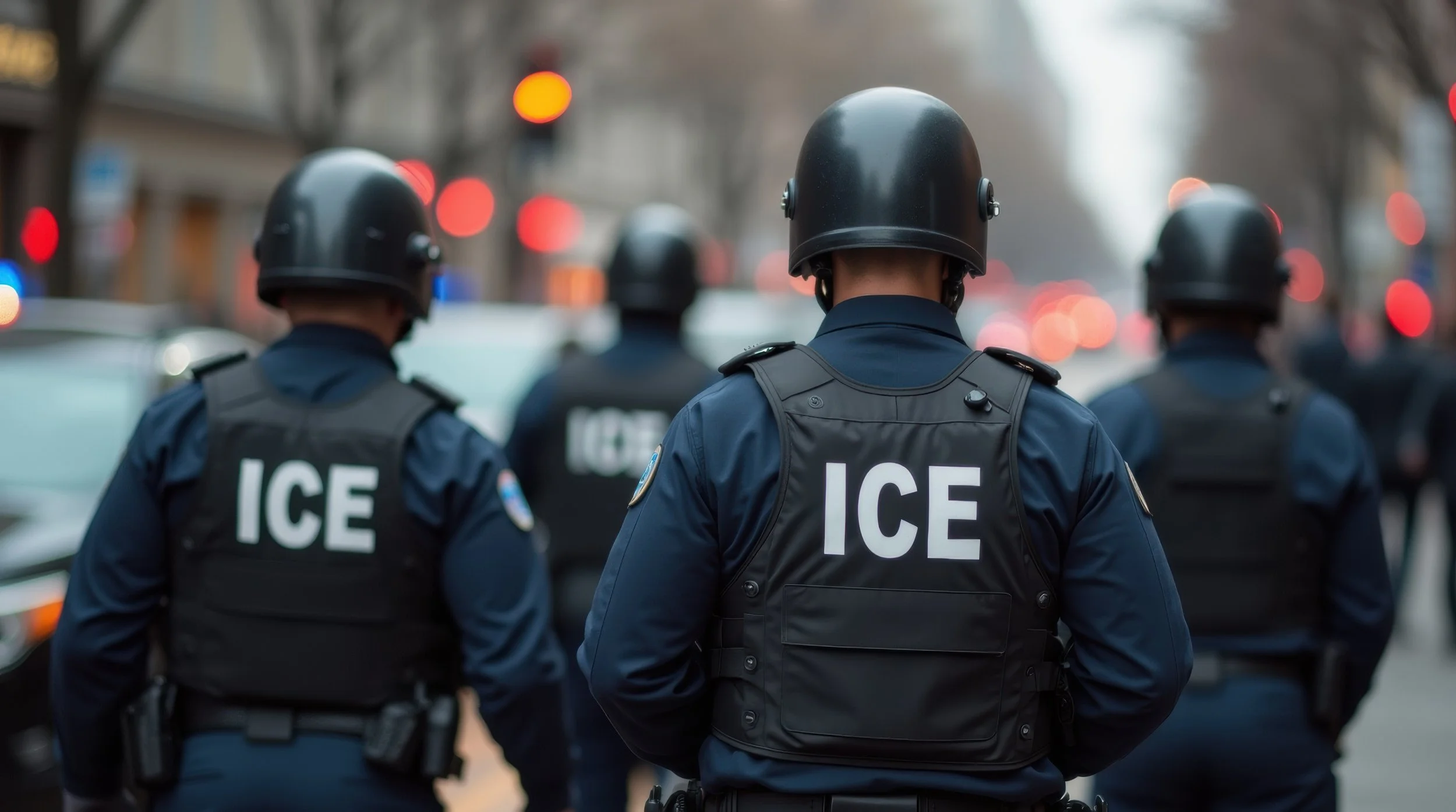Can Church Sanctuary Status Shield Illegal Immigrants from Arrest?
By Harry Hutchison and Mike Glenn
From time immemorial, the Bible records that Moses created a system of “cities of refuge.” Following Moses’ footsteps, church buildings in the ancient and medieval periods, throughout the West, were seen as a place of refuge where wrongdoers could seek sanctuary from apprehension by law enforcement personnel. Over the past several years, sparked by the burgeoning migrant crisis in the United States, the role of churches as sanctuaries and asylums for people fleeing detention or deportation has assumed center stage.
Simultaneously responding to and capitalizing on this move by churches, the Biden Administration issued a policy paper requiring Immigration and Customs Enforcement (ICE) to seek additional authority before conducting immigration enforcement actions in sensitive locations such as churches, schools, and hospitals. But on January 20, 2025, following a political earthquake in November 2024, the Trump Administration rescinded this policy.
“Created in 2003 as part of the new Department of Homeland Security, ICE has a dual mandate: to enforce civil immigration and customs laws and to investigate transnational crime.” ICE’s enforcement of criminal law is concentrated on investigating crimes that threaten national security, including violations of human trafficking, child sexual exploitation, and money laundering laws. To be sure, crimes that threaten national security may involve ICE interactions with illegal migrants.
ICE’s dual mandate is a source of “confusion about the agency’s powers and the rights individuals have when encountering its agents.” Consequently, any encounter with ICE requires an understanding of complex legal distinctions that govern whether an agent’s actions are lawful or unlawful.
Any encounter with ICE within the context of immigration and border enforcement exposes churches and, more particularly, church personnel to the risk that they will be charged with a crime if they continue to provide sanctuary to illegal aliens, particularly aliens who ICE seeks. For churches that intend to continue such a policy, the Trump Administration’s decision to rescind the Biden Administration's rules raises a flood of questions that place such behavior in harm’s way.
Questions include, first, whether law enforcement officials have the authority to enter the sanctuary and arrest illegal migrants, particularly illegal aliens who have committed or are suspected of committing a crime. The answer to this question is yes, since no law prohibits immigration enforcement actions from taking place in churches. More specifically, the Immigration and Nationality Act (INA), codified in Title 8 of the U.S. Code, grants the executive branch—and, by delegation, ICE — the specific statutory authority to enforce immigration laws.
This answer indicates that the religious freedom rights enshrined in the First Amendment of the Constitution do not modify the legal obligations of church officials and personnel. The Supreme Court in United States v. Lee ruled that religious beliefs do not excuse individuals from complying with valid, neutral laws. This decision is consistent with the conclusion that while sanctuary “meant a person could seek refuge in a church from law enforcement in medieval Europe, “[s]anctuary is not a legal concept in U. S. law.”
That said, there is some authority for the proposition that churches can distinguish between private and public areas of the church. If that proposition is accurate, a church may be able to demand a judicial warrant to enter private spaces of the church. However, the distinction between public and private spaces appears to be far from clear, thus necessitating legal advice.
The second question is whether arrests and detentions connected to immigration enforcement within a church require Federal authorities to comply with the same legal principles as required in other settings. Typically, outside of an immigration law enforcement setting, detention within the meaning of the United States Constitution requires probable cause to believe that a crime has been committed and that the person to be detained is responsible for the offense.
Within an immigration enforcement setting, the Department of Immigration and Customs Enforcement (ICE) issues an “ICE” warrant. ICE warrants are issued administratively rather than by a Judge for civil violations of immigration law. Generally speaking, such warrants are more limited in scope than criminal warrants issued by a judge. But readers should also note that Title 8 empowers “designated immigration officers to question individuals about their status, make arrests with or without warrants, detain individuals, and carry out removal orders.” Lastly, under a standard established by the United States Supreme Court in Terry v. Ohio, “an ICE agent can briefly stop and detain a person for questioning if the agent has ‘reasonable suspicion’ that the person is violating immigration law or any other federal law.”
A third question concerns what help a church may provide to an undocumented immigrant. It seems clear that providing some forms of assistance to illegal migrants is illegal. Indeed, “[i]t is a federal felony for an organization or individual to bring an undocumented immigrant into the United States, conceal, harbor, shield from detection, or transport or encourage” an illegal migrant to remain in the country.
A fourth question concerns what followers of Jesus should do within the context of illegal migrant activity and the church. Thann Bennett’s recent post reminds us that: “Earthly freedom—including the ability to participate in self-governance—is a gift that reflects the character of your Creator. As a Jesus follower, you also know and understand that “’ all authority in heaven and on earth’” belongs to Jesus (Matt 28:18).
We believe Thann’s summary is correct, but we would encourage churches that are planning to act as sanctuaries or otherwise provide assistance to illegal migrants to consult both your lawyer and your theologian first.

